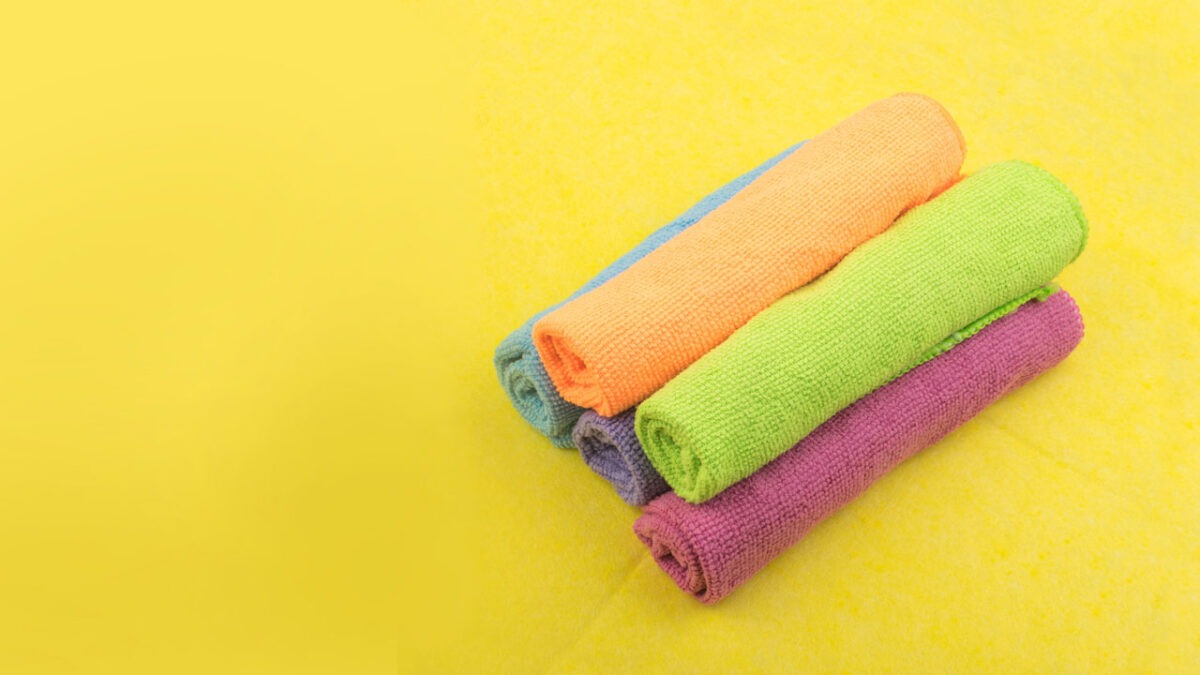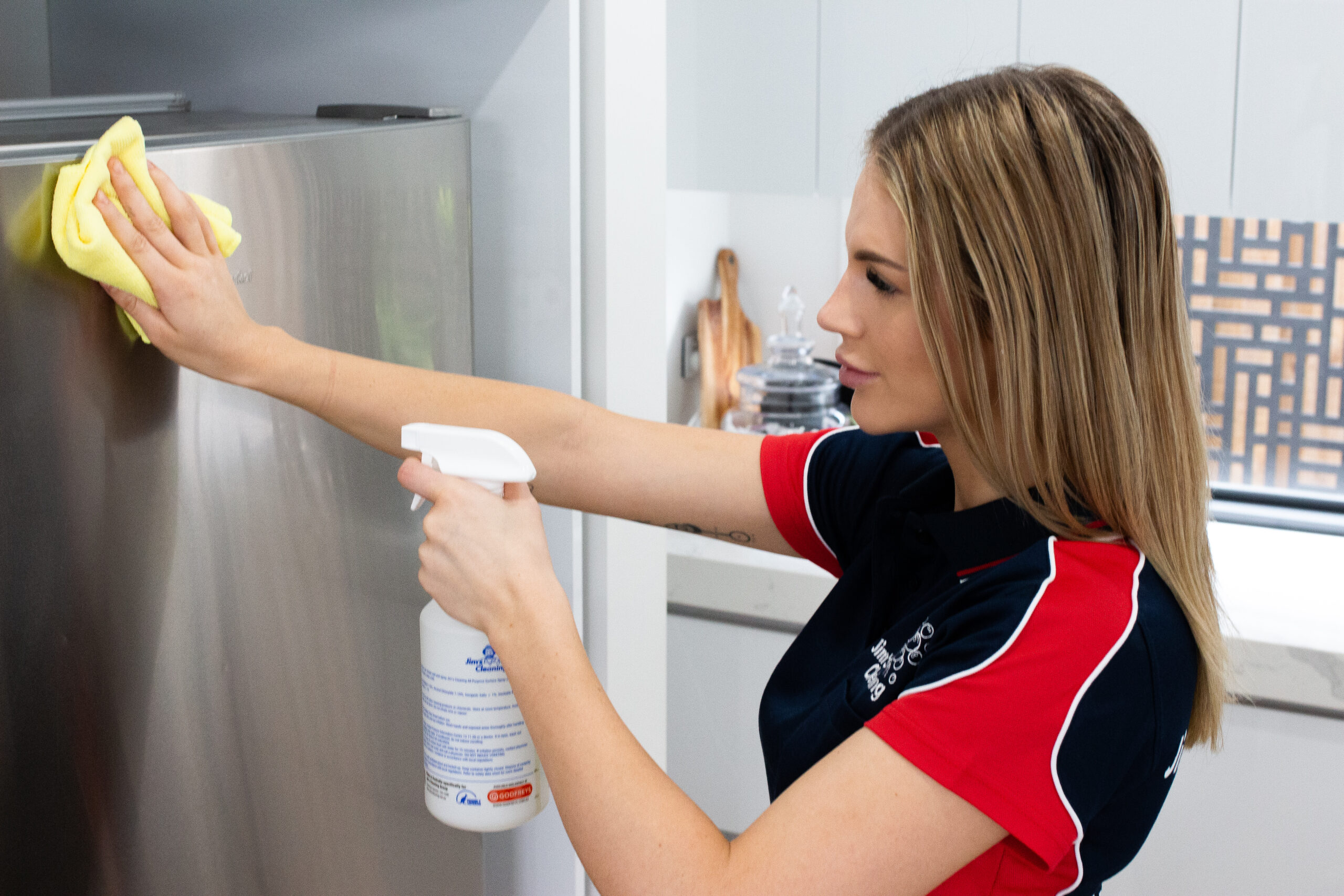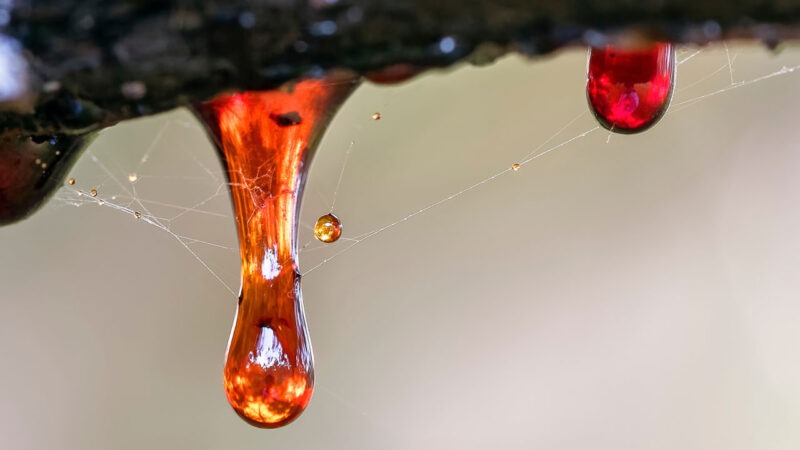The Must Read Guide to Cleaning Microfibre Cloths

Keeping a microfibre cleaning cloth free of dirt after use is essential for various cleaning tasks, from countertops to windows and car interiors. To keep them performing well over time, follow these care tips to ensure they remain effective after every wash. We’ll give you everything you need to know on how to clean microfibre cloth and maintain a clean environment.
Sorting and separating microfibre cleaning cloths
Colour coding microfibre cloths is a practical and efficient method used in various industries and households to maintain hygiene, prevent cross-contamination and improve organisation. This system involves assigning specific colours to different cleaning tasks or areas, making it easy to identify and use the appropriate cloth for the job.
Assigning specific colours to various cleaning tasks — like using blue for general cleaning, green for streak-free glass and mirror cleaning, yellow for dusting and polishing and red for heavily soiled or high-risk areas — ensures everyone in your household knows which cloth to use for what purpose. This separation is crucial for hygiene, as heavily soiled cloths may carry bacteria and contaminants from spills and messes.
To maintain your microfibre cloths effectively, wash them separately based on their purpose. Lightly used cloths for dusting and polishing can be washed together, while heavily soiled cloths used for deep cleaning should be washed separately or with like items to prevent lint contamination.
Pre-treatment for stains on a microfibre cleaning cloth
Pre-treating stains and heavily soiled areas before washing is an essential step to increase the chances of successfully cleaning microfibre cloths and removing stubborn stains and marks. The sooner you address a stain on a microfibre cleaning cloth, the better your chances of complete removal. Try to pre-treat the stain as soon as you notice it.
Before pre-treating, determine the type of stain you’re dealing with. Different stains require different treatment approaches. Common stain categories include oil-based stains, protein-based stain and tannin-based stains.
Here are some methods on how to clean a microfibre cleaning cloth based on the type of stain:
Oil-based stains (e.g., grease, cooking oil)
Oil-based stains on a microfibre cleaning cloth tend to repel water, so you’ll need to break down the oil with a solvent or absorbent substance. Apply a few drops of a specialised stain remover for oil-based stains or use an absorbent substance like cornstarch, talcum powder or baking soda to soak up the oil. Gently blot the stained area to lift the oil. Avoid rubbing, as it can spread the stain.
Protein-based stains (e.g., blood, egg)
Protein-based stains require a different approach because hot water can set them. You should use cold water and enzymatic stain removers. Soak the stained microfibre cleaning cloth area in cold water for 15–30 minutes. Then, apply an enzymatic stain remover or a mixture of cold water and salt. Leave it for a while, then rinse the stain under cold running water.
Tannin-based stains (e.g., coffee, wine, tea)
Tannin-based stains can be acidic and may require a combination of stain removal techniques. Blot the stain with cold water to dilute it. Apply a mixture of cold water and mild liquid detergent or white vinegar (for a white microfibre cleaning cloth), and let it sit for a few minutes. Afterwards, rinse the treated area with cold water.
Before tossing your microfibre cleaning cloth into the washing machine, ensure the stain is completely gone. Heat from the washing machine can set some stains, making them more challenging to remove later.
How to clean a microfibre cloth with a washing machine
Machine washing microfibre cleaning cloths is a simple process, but it’s important to do it correctly to maintain their quality and longevity. Do not use fabric softeners when washing microfibre cloths, as they can leave a residue that reduces their effectiveness. Here are step-by-step instructions for machine washing microfibre cloths:
Supplies needed:
- Microfibre cleaning cloths
- Mild liquid detergent (without bleach or fabric softeners)
- Washing machine
1. Sort your microfibre cleaning cloths
Separate your microfibre cloths based on their purpose or how heavily soiled they are. This prevents heavily soiled cloths from transferring dirt and grime to cleaner ones during the wash.
2. Check the care labels
Before washing, always check the care labels on your microfibre cleaning cloth to see if there are any specific instructions or temperature recommendations.
3. Load the washing machine
Place the sorted microfibre cleaning cloths into the washing machine, ensuring not to overload it. Microfibre cloths are lightweight, so you can typically wash a good number of them in one load.
4. Choose the right water temperature
We recommend using cold or warm water for washing a microfibre cleaning cloth. Cold water is suitable for most cleaning purposes, but warm water can help dissolve certain types of stains and residues more effectively.
5. Use a mild detergent
Select a mild liquid detergent that does not contain bleach or fabric softeners. These additives can clog the cloth’s tiny fibres, reducing their cleaning efficiency.
6. Add vinegar (optional)
To maintain the absorbency of your microfibre cleaning cloths, you can add about half a cup of white vinegar to the rinse cycle. Vinegar helps remove detergent residues that may accumulate in the fibres.
7. Start the washing machine
Set your washing machine to a gentle or delicate cycle. Avoid using a heavy-duty cycle, as it can be rough on microfibre cloths and cause them to wear out faster.
Drying and heat considerations when cleaning microfibre cloths
Air-drying microfibre cloths or using a low-heat setting when machine drying is crucial to preserve their quality and effectiveness. High heat can damage the microfibre’s delicate fibres, causing them to melt or lose their unique structure, which is essential for effective cleaning. When microfibre cloths are exposed to high heat, they become less efficient at trapping dirt and absorbing moisture. Therefore, it’s essential to treat them gently during the drying process to maintain their longevity.
Avoiding common mistakes when washing a microfibre cleaning cloth
To ensure your microfibre cloths stay in prime condition, avoid these common mistakes:
- Using too much detergent — Excessive detergent can leave residue on the microfibre and reduce its cleaning ability. Use the recommended amount or less.
- Washing with lint-producing fabrics — Washing microfibre cloths with lint-producing fabrics like cotton towels can lead to lint transfer, affecting the microfibre’s performance.
- Using high heat — High heat can damage microfibre cloths and make stains permanent. Always opt for low heat or air-drying to protect their quality.
Inspecting and folding microfibre cleaning cloths
After each use, it’s a good practice to inspect each microfibre cleaning cloth for signs of damage or wear. Check for frayed edges, holes or excessive staining. By identifying issues early, you can decide whether it’s time to replace the cloth or continue using it for less demanding tasks. Additionally, folding and storing microfibre cloths neatly in a designated area not only keeps them organised, but also helps maintain their quality. Proper storage prevents contamination and minimises the chances of damage.
Deep cleaning microfibre cleaning cloths
Occasional deep cleaning is essential to remove stubborn residues that may accumulate in a microfibre cleaning cloth over time. Two effective methods for deep cleaning are:
- Soaking in vinegar — Soaking microfibre cloths in a mixture of white vinegar and water (1:1) for a few hours can help break down residues. After soaking, wash the microfibre cloths as usual, following the care instructions.
- Rubbing alcohol — Rubbing alcohol can also be used to remove tough stains and residues. Dampen a cloth with rubbing alcohol and gently rub the stained area. Rinse thoroughly and wash.
By following these tips, you can ensure that your microfibre cleaning cloths remain effective and continue to deliver optimal cleaning results. Proper care and maintenance will maximise their usability and save you money in the long run.
Save yourself the hassle and book a cleaning service with Jim’s Cleaning today
Are you tired of cleaning microfibre cloths on your own and looking for a professional cleaning service to help you out? With our wide range of car detailing, home and office cleaning and window cleaning services available throughout Australia, we guarantee 100% customer satisfaction every time. Whether you’re looking to have your car gleaming, your living space spotless or your windows crystal clear, Jim’s



